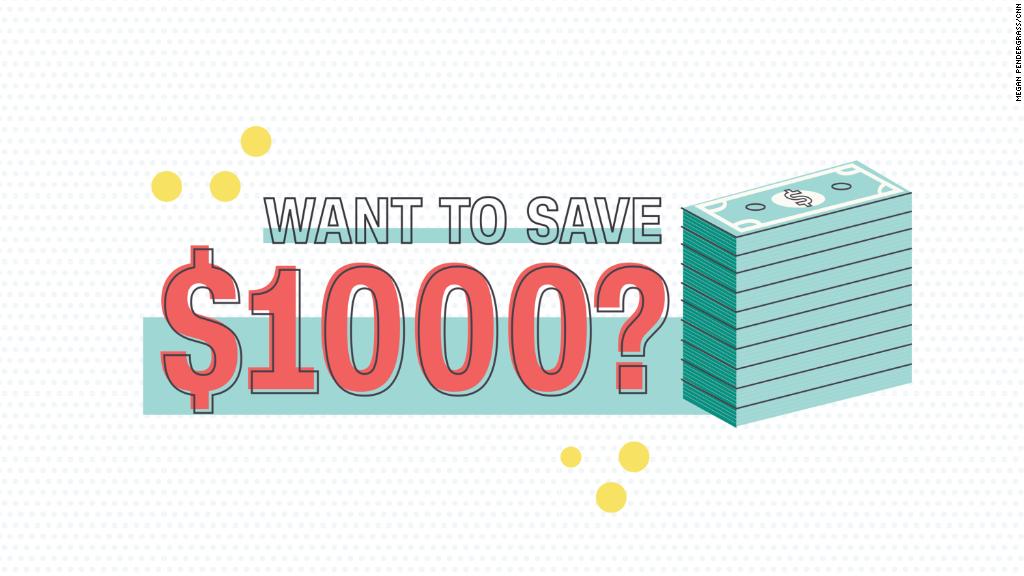
After nearly a decade of keeping interest rates at rock-bottom levels, the Federal Reserve has finally started raising the benchmark rate it charges financial institutions. That means banks are also raising rates they charge consumers.
While rising interest rates are a sign of a strong economy, they bring potentially higher costs for borrowers, but also present an opportunity for savers. Rates will likely continue heading slowly upward. Here's how to adjust your finances to take advantage of higher rates:
Shop around for a better savings rate
After years of getting virtually no returns on savings, some financial institutions are finally starting to pass higher interest rates along. While interest rates remain fairly abysmal at the big banks, online-only banks like Ally and Marcus are competing hard for customers with rates approaching 2%.
"The online banks are locked in a pricing war, and they're raising rates at a pace that's much more rapid than what we're seeing in the Federal Reserve rate increases," says Nick Clements, co-founder of MagnifyMoney.
For savings that don't need to be liquid, CDs are also offering competitive rates that haven't been seen in years. Stick with shorter-term CDs, so that you're not locked in for too long if rates continue going up.
Lock in variable-rate loans
While higher interest rates are a welcome change to savers, the opposite is true for borrowers. Any variable-rate loans will likely get more expensive over the next few years.
"If you have an adjustable-rate loan, take the time to understand the terms of those loans," says Roger Young, senior financial planner with T. Rowe Price. "You want to know how painful it could be the next time it resets."
If possible, consider locking in fixed rates on adjustable-rate loans like mortgages or home equity lines of credit.
High-interest credit cards are the most sensitive to interest rate movement, so if you're carrying a balance, you'll want to make paying it down a priority. If you have good credit, take advantage of the many no- and low-interest balance transfer card offers currently available to give yourself a break from interest payments while you focus on whittling down the principal.
Review your asset allocation
Rising interest rates push bond prices down. You can lessen the impact by moving into bond funds with shorter-term durations. Setting up a bond ladder — a set of bonds that mature at regularly spaced intervals — can also help protect you against the impact of rising rates. (If you buy individual bonds and hold them until maturity, current interest rates won't affect your returns.)
While interest rates don't have a direct impact on stocks, they can lead to increased volatility. Check in with your investment mix to make sure your current portfolio remains in line with your long-term asset allocation strategy, based on your investing time horizon and the amount of risk you feel comfortable taking. If it's gotten out of whack, readjust your holdings, but avoid the temptation to make any big moves in reaction to market fluctuations.

